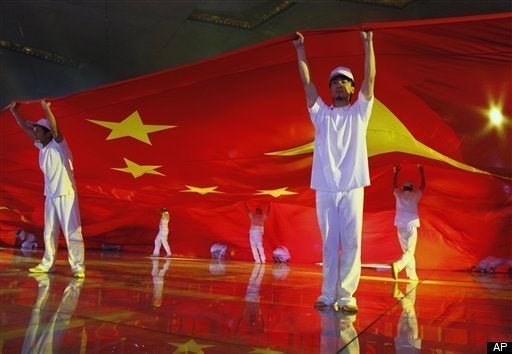
China counts half of the world's large dams within its borders, and is the biggest producer of hydropower. Throughout the 20th century, Western companies helped China build its hydropower dams. Yet in the huge Ertan and Three Gorges projects of the 1990s, China changed the rules of the game. Companies interested in the multi-billion dollar contracts had to manufacture half of the turbines and generators on Chinese soil, in cooperation with Chinese partners. The leading hydropower firms of the time -- including ABB, Alstom, General Electric and Siemens -- complied, and transferred their technology in the process.
As in other sectors, the Chinese students wasted no time underbidding and outpacing their Western masters. Today, Chinese dam builders are dominating the global market, and are building 19 of the world's 24 largest hydropower projects. Their Western competitors can be heard grumbling in the background. Many of them have in the meantime built a manufacturing base of their own in China in order to cut costs.
Karl Marx famously remarked that "the last capitalist we hang shall be the one who sold us the rope." In a modern variation of this theme, the last capitalist to be drowned in a reservoir may well be the one who sold China the turbines.
What has happened? How have Chinese dam builders managed to conquer the world market so quickly? And what are the consequences for the social and environmental standards applied in such projects? A few weeks ago, the World Policy Institute invited me to examine the process of how China's dam industry went global. My essay has just appeared in the latest issue of the institute's journal, the World Policy Journal.
My essay combines eyewitness account, analysis and commentary on some of the milestones of the global environmental debate. It will take you to the resettlement sites of communities affected by dams in Sudan and Uganda, and to the top floors of dam financiers in Beijing and Washington. You will learn about the strategies of Western dam builders and their Chinese competitors, and the evolving role of civil society networks. You will find that Chinese support has allowed projects to go forward which Western funders did not touch because of social and environmental concerns. The Chinese competition has in turn made Western financiers backslide on their own commitments.
In spite of these findings, I am optimistic that we can turn the tide of bad projects. Destructive dams, mining and logging operations have already triggered a backlash against Chinese investors in many countries. China's government has realized that social and environmental sustainability is in its long-term self-interest, and is urging Chinese companies to follow stricter standards when they invest abroad. Civil-society organizations from China and the host countries of Chinese projects have begun to work together to monitor such commitments, and International Rivers supports them in this effort. Working together with Beijing and host country governments to strengthen environmental standards in global projects is more promising than engaging in an environmental race to the bottom.
As the Chinese say, the mountains are high and the Emperor lives far away. Chinese companies are managed at arm's length and often resist instructions from their government even if they are owned by the state. Further conflicts over Chinese and Western dam projects will undoubtedly follow. We will keep you posted on this blog and on our website.
